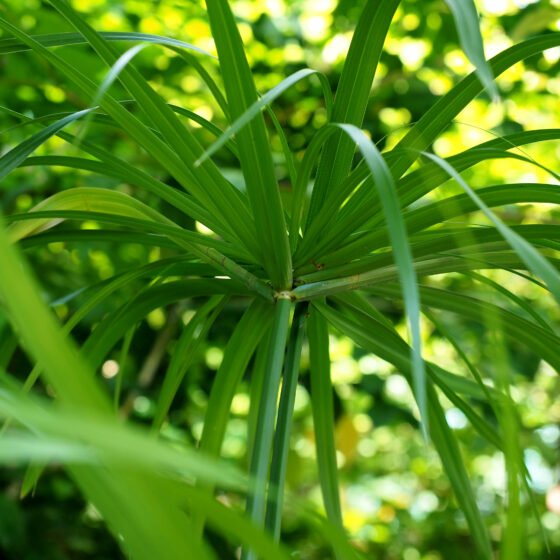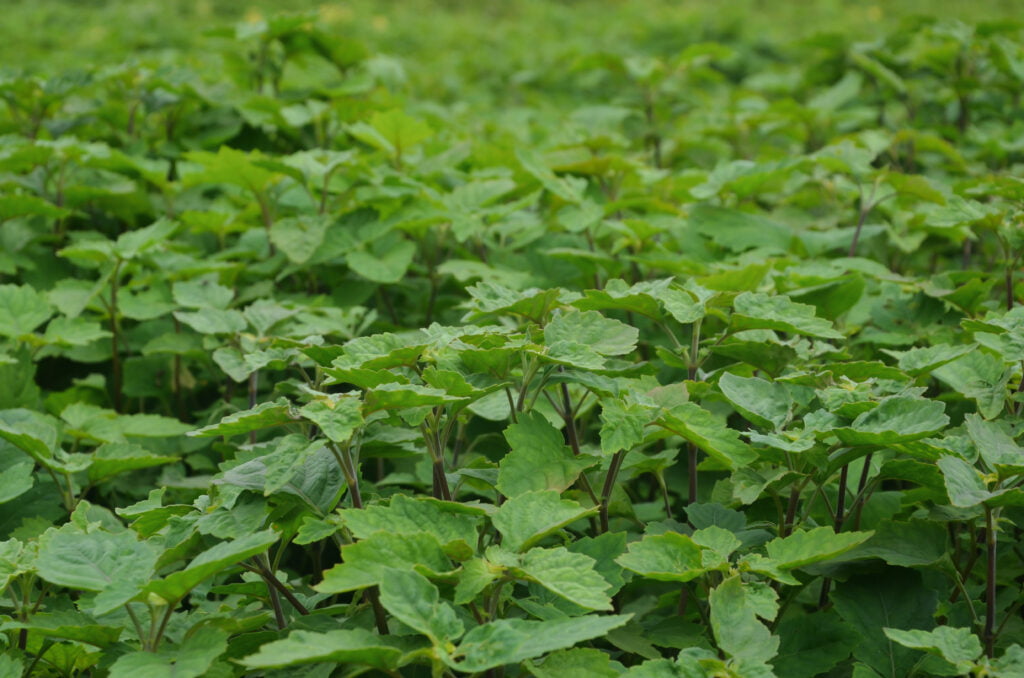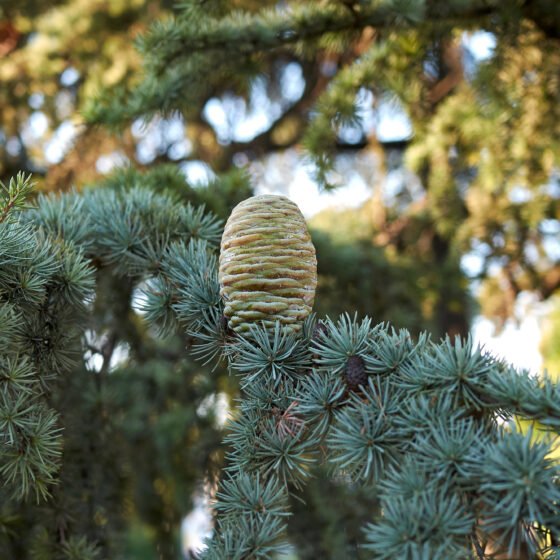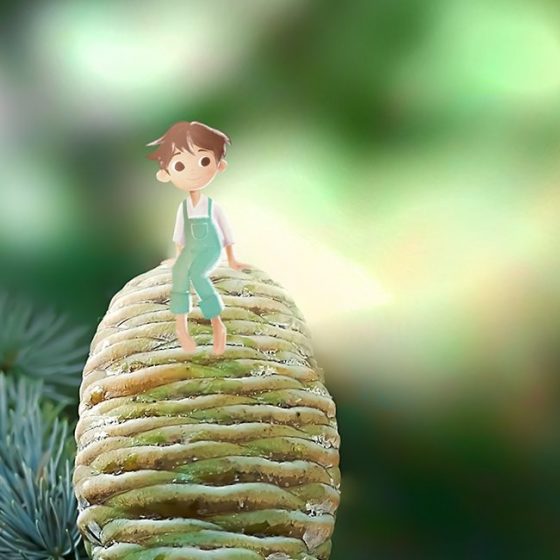
Patchouli Indonesia
Pogostemon cablin
General data
Harvest Calendar
- J
- F
- M
- A
- M
- J
- J
- A
- S
- O
- N
- D
Product details Fragrance side
Traditional tool in perfumery, patchouli essential oil is found in oriental bases, accompanied by rose notes, or in chypre accords. Patchouli brings out vetiver or oak moss notes and flowers, but also chocolate accords.
Well-being side
Lymphotonic and venous decongestant, skin and scalp tonic. Brings dreamers back into their carnal envelopes, allows them to express their emotions and sensuality.
*The aromatherapy properties in this document are excerpted from reference books, scientific articles, or specialized websites and are provided to customer for its information and internal use only. Claims on a finished product remain the responsibility of the company making the finished product available on the market. About
Patchouli is a subshrub native to India, Malaysia, and Southeast Asia. It has long, upright stems covered with broad, velvety green leaves. It is usually propagated through cuttings.
Its usage history began in 1844, the year a shipment of patchouli arrived in England. It was then mixed into the potpourri blends used to scent the salons of the wealthy. It later became popular in France through the importation of scented shawls from India and Indonesia. In the 1960s and 1970s, patchouli even became a symbol of rebellion and freedom in France.
The name even honors the foliage: Patchouli comes from the Tamil patch which means green and ilai which means leaf.
Fragrance side
Traditional tool in perfumery, patchouli essential oil is found in oriental bases, accompanied by rose notes, or in chypre accords. Patchouli brings out vetiver or oak moss notes and flowers, but also chocolate accords.
Well-being side
Lymphotonic and venous decongestant, skin and scalp tonic. Brings dreamers back into their carnal envelopes, allows them to express their emotions and sensuality.
About
Patchouli is a subshrub native to India, Malaysia, and Southeast Asia. It has long, upright stems covered with broad, velvety green leaves. It is usually propagated through cuttings.
Its usage history began in 1844, the year a shipment of patchouli arrived in England. It was then mixed into the potpourri blends used to scent the salons of the wealthy. It later became popular in France through the importation of scented shawls from India and Indonesia. In the 1960s and 1970s, patchouli even became a symbol of rebellion and freedom in France.
The name even honors the foliage: Patchouli comes from the Tamil patch which means green and ilai which means leaf.
Other type of extracts
(Woody)



